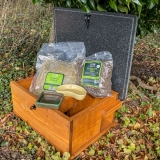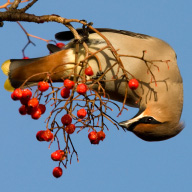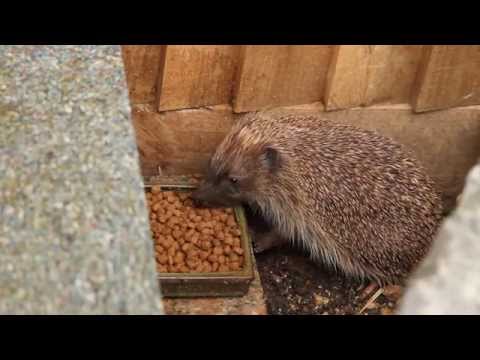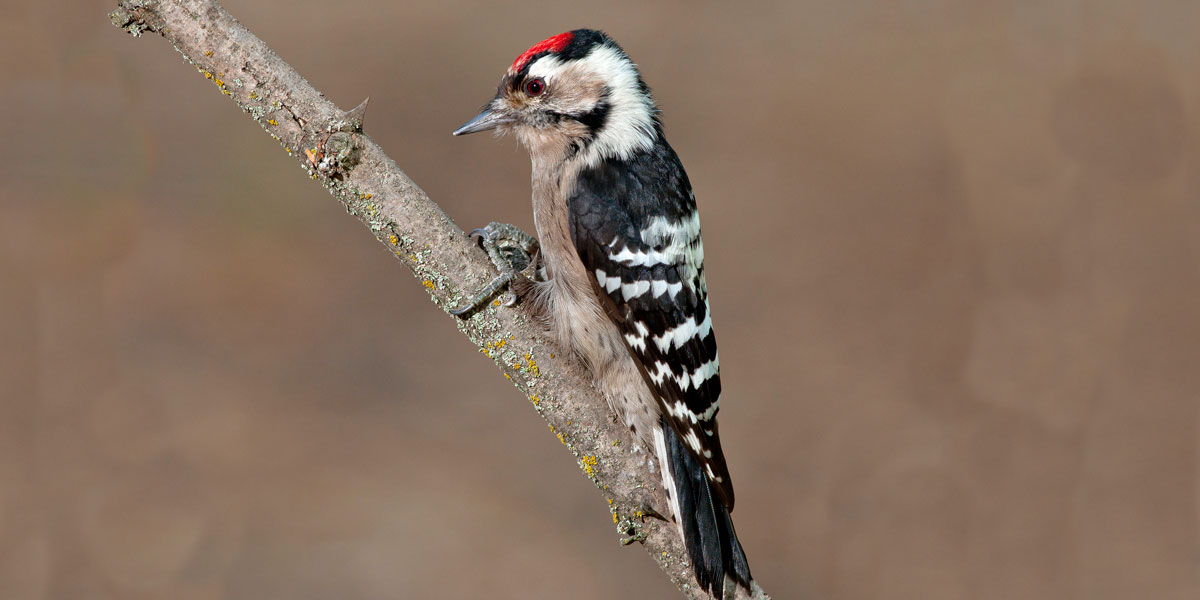Explore Our Garden Wildlife Blog
Browse or search by Category or Keyword below, alternatively click on any Tag to see related articles.
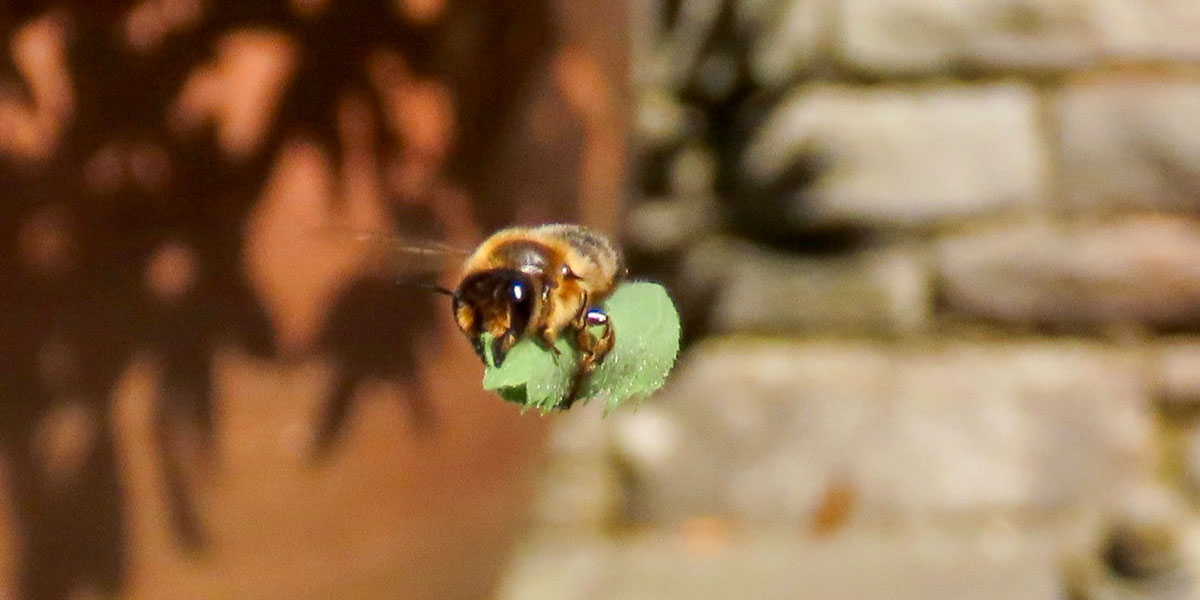

Six Signs of Spring
By Sean McMenemy
28th March 2024
A totally arbitrary number, as the signs of spring are so multitudinous. Just stand outside and open your senses to nature. Everything is vibrating with energy just waiting to explode into action as the days lengthen.
Over the years, I’ve added lots of different habitats and planting to my garden, so for wildlife there’s always somewhere to live, something to eat, and something to see for me. Lots to see all year round but supercharged during spring.
Probably the simplest thing you can do for wildlife is put up an insect box. These can be for bees, or beneficial insects or a combination of both. Mine show the bee tubes are occupied by the plugged-up entrances. Sand used by mason bees and leaves from aptly named leafcutter bees. With the sun just beginning to warm the boxes I can also see a lacewing flicking and twitching its delicate wings, waiting for its chance to get out and feast on aphids or honeydew.
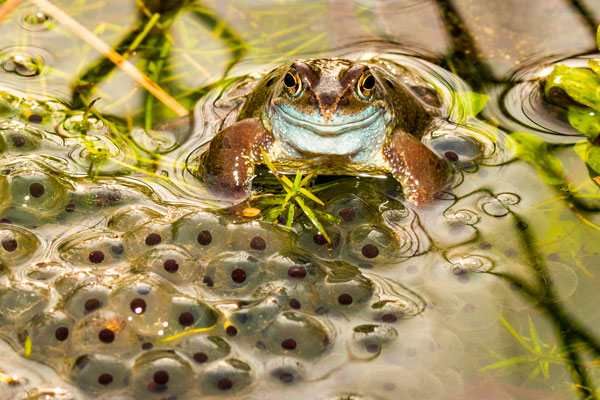

Water is always a winner in a wildlife friendly garden and my pond is in constant turmoil, with all the vigorous courtship of numerous frogs. The males grappling and clinging on to the females, sometimes three or four at a time, vying to be the one present as she lays her spawn. As evening sets in and throughout the night I can hear their loud croaking even from inside my house. By morning, I’m rewarded by the sight of heaps of glutinous spawn in the shallows, while the frogs take a morning breather!
The frogs moved to the pond from the ’pottery’ (a stack of broken terracotta pots I’ve collected) where they’d overwintered. A careful rummage in the pot heap, quickly reveals slumbering newts and loads of spiders with egg pouches, a ready-made food source for when they wake.
Among the pots there are lots of sleeping queen wasps and ladybirds. Queen bumblebees have also overwintered because they all like the dry protection this habitat provides. The bumblebees are largely up and active now, and I see them busily feeding on dandelions, daffodils, and primrose. Once satiated with a belly full of nectar they fly low, quartering the garden looking for old mouse holes where they love to build their nests.
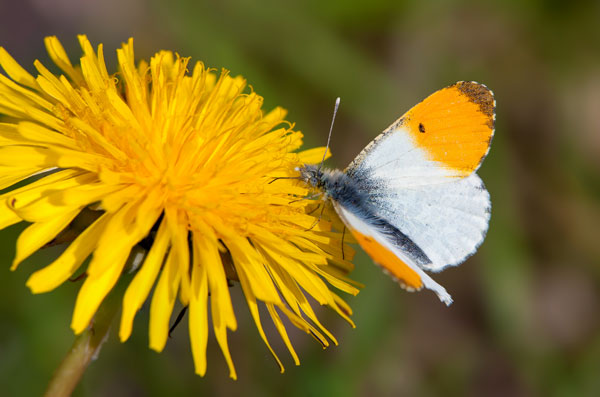

Some of the plant early risers, such as pussy willow which produces copious silky flowers in late winter and is now dropping heaps of yellow pollen on the ground and hazel, with its dangling catkins, have already lost their sheen. These trees are now ready to open their leaf buds, while the blackthorn is preparing to flower, the first with petals, and will soon be draped with myriad starry white flowers. It seems all the trees are competing to open their buds first to absorb the warming spring sunshine.
Underfoot, the bare soil is erupting with rainbow-coloured shoots from bulbs, perennials, and annuals, pushing up to welcome the new season and long warm days. Once open to the air the rainbow shoots peel open to reveal green leaves and photosynthesis begins in earnest.
And what about those six signs of spring I promised? Well as I stand in the spring garden, or sit here writing this blog, ‘six signs of spring’ is an impossible title. Just go outside and see for yourself. 🙂







